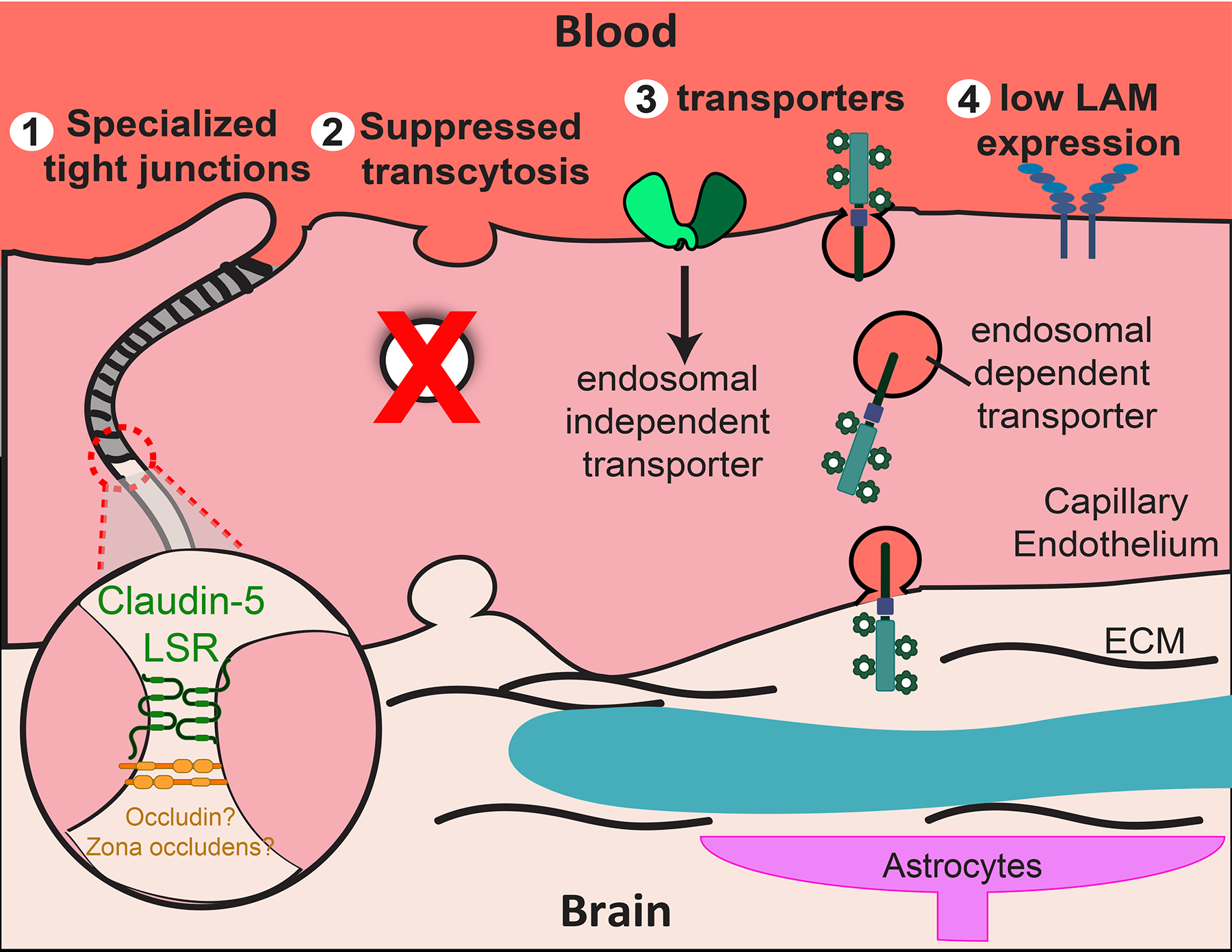Fig. 2 |. Properties of the blood–brain barrier.

The CNS capillary endothelium has four cellular properties that contribute to the function of the blood–brain barrier (BBB) by strictly regulating the molecular trafficking between the blood and the brain. Specialized tight junctions limit paracellular flux between endothelial cells, including claudin 5 and/or lipolysis-stimulated lipoprotein receptor (LSR) (1). The specific contribution of occludin and zona occludens (ZO) remains elusive, as knockout mice lack phenotypes of BBB dysfunction. Suppression of transcytosis limits transcellular flux through CNS capillary endothelium (2). Molecule-specific transport allows the strict passage of desirable molecules such as nutrients (3). This can be categorized into endocytosis-independent transport and endocytosis-dependent transport. Low LAM expression on the luminal wall of the blood vessel maintains low levels of leukocyte adhesion and thus low levels of immune surveillance in the CNS (4). ‘?’ indicates some confounding evidence, as described in the text.
